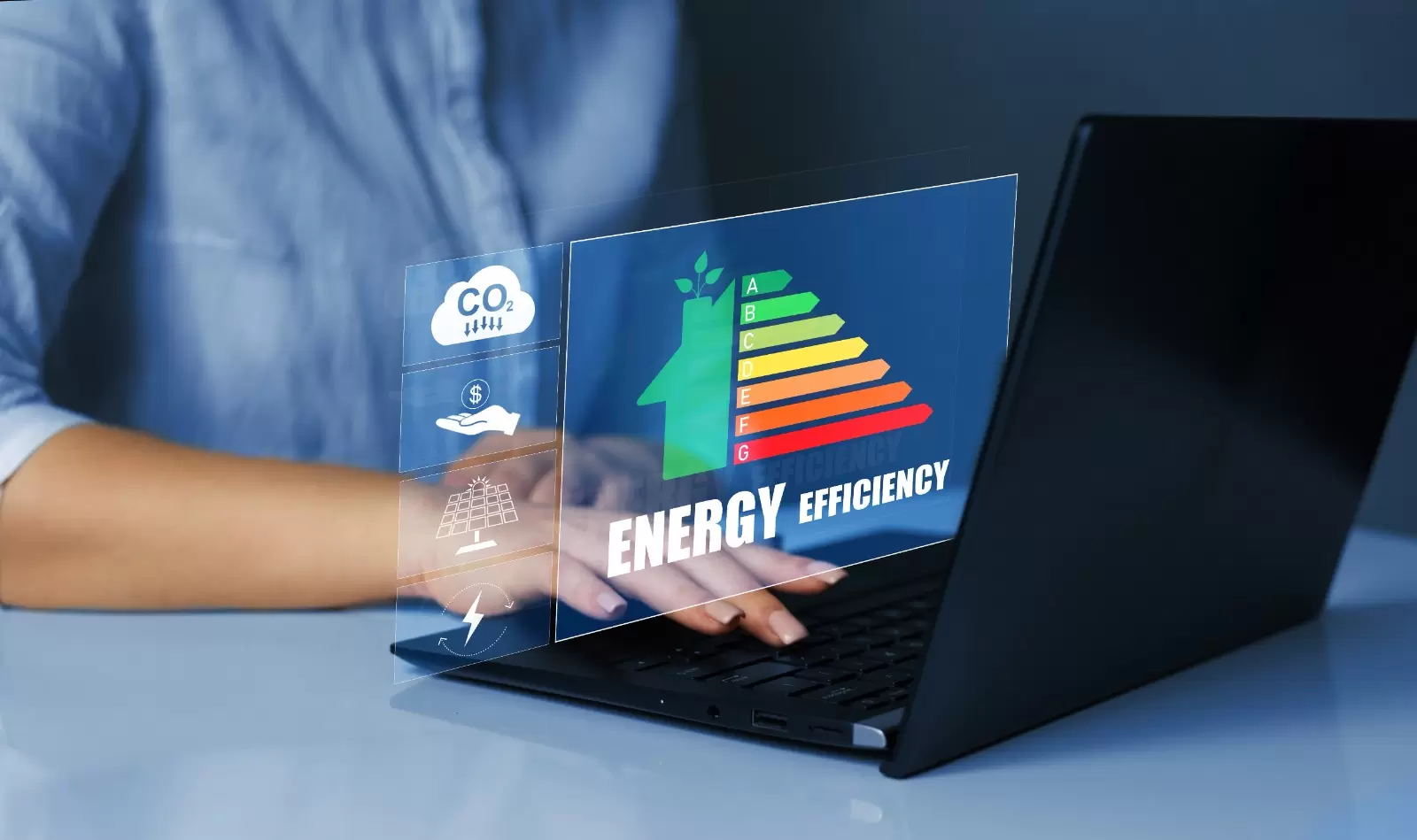Introduction
In today’s eco-conscious market, commercial solar represents not just a trend but a significant shift towards sustainable and cost-effective energy solutions for businesses. This comprehensive guide aims to illuminate the path for business owners considering the transition to solar, offering insights into the myriad benefits, financial incentives, and practical considerations associated with commercial solar installations. By integrating commercial solar systems into your business strategy, you’re not only contributing to a greener planet but also positioning your company for economic advantages in the competitive market landscape.
Understanding Commercial Solar Systems
Commercial Solar Systems involve the installation of photovoltaic (PV) panels on commercial properties to convert sunlight into electricity. This section explores the components, functionality, and types of systems available, providing a foundation for business owners to understand their options.
1. Components and Functionality
Delving deeper into the essential components of a commercial solar system unveils the sophistication behind this renewable energy solution. Let’s explore each component’s role in more detail:
- PV Panels: Photovoltaic (PV) panels are the heart of any solar system, responsible for capturing sunlight and converting it into direct current (DC) electricity. The efficiency and output of your solar system heavily depend on the quality and type of panels used. Technologies vary from monocrystalline to polycrystalline and thin-film, each with its own set of advantages in terms of efficiency, cost, and applicability to different environments.
- Inverters: The inverter is a pivotal component that transforms the DC electricity generated by the PV panels into alternating current (AC) electricity, which is the standard electrical form used by most commercial facilities. Inverters also play a crucial role in system monitoring and management, ensuring optimal performance and safety of the solar system. Central inverters are common for large installations, while microinverters offer a granular level of control for each panel, enhancing the system’s overall efficiency, especially in partial shading scenarios.
- Mounting Systems: Mounting systems secure the PV panels in place, whether on rooftops, the ground, or over parking lots. The choice of mounting system depends on the installation site’s characteristics, aiming to maximize sun exposure while ensuring durability and resistance to environmental conditions. Adjustable mounts that follow the sun’s path can further increase energy production.
- Electrical Connections: This component encompasses the wiring, switches, and other electrical infrastructure necessary to safely connect the solar panels to the inverter and the building’s electrical system. Proper installation is crucial to ensure the efficient and safe operation of the solar system, requiring expertise in electrical engineering and compliance with local codes and standards.
2. Types of Systems
Exploring the different types of commercial solar installations reveals the versatility of solar solutions in accommodating diverse business needs and settings:
- Rooftop Installations: Rooftop solar systems are popular due to their efficient use of otherwise unused space. They are ideal for businesses with ample roof space exposed to sunlight. These installations can be tailored to the building’s size and energy requirements, making them a versatile option for a wide range of commercial properties.
- Ground-Mounted Arrays: For businesses with limited roof space or structural limitations, ground-mounted solar systems offer a flexible alternative. These installations can be placed on any open land area, allowing for larger systems that can meet higher energy demands. Ground-mounted systems also provide easier access for maintenance and adjustments to optimize sun exposure.
- Solar Carports: Solar carports utilize parking areas to generate power, serving the dual purpose of producing energy and providing shade for vehicles. This innovative solution is especially suitable for businesses with extensive parking facilities, turning these areas into productive solar energy generators. Solar carports can also enhance the property’s aesthetic appeal and signal a commitment to sustainability.
Each type of commercial solar system offers unique benefits and requires careful consideration of the business’s specific circumstances, including location, energy needs, and architectural constraints. By understanding the nuances of these systems, businesses can make informed decisions that align with their sustainability goals and energy requirements. Lumenaus excels in guiding businesses through this selection process, ensuring a solar solution that not only meets but exceeds their expectations.
Financial Benefits and Incentives
Investing in commercial solar power not only reduces your carbon footprint but also offers compelling financial benefits. This section delves into the cost savings, incentives, and ROI of Commercial Solar investments.
- Reduced Energy Costs: Solar power can significantly lower your monthly energy bills by replacing traditional electricity sources with free, renewable solar energy.
- Government Incentives: Many governments offer tax credits, rebates, and grants to encourage commercial solar adoption. These incentives can substantially offset the initial installation costs.
- Return on Investment (ROI): Despite the upfront costs, commercial solar systems often pay for themselves within a few years through energy savings and incentives, delivering an attractive ROI over their lifespan.
Practical Considerations for Implementation
Adopting commercial solar is a strategic decision that requires careful planning and consideration. This section addresses key factors to ensure a smooth transition and maximized benefits.
- Site Assessment: A professional site assessment is crucial to determine the feasibility, optimal system size, and placement for your solar panels.
- Choosing the Right Provider: Partnering with a reputable and experienced commercial solar provider ensures that your project meets the highest standards of quality and compliance. Look for companies with a proven track record in delivering commercial solar solutions.
- Understanding Regulations and Permits: Navigating the regulatory landscape is essential for compliance and to avoid potential legal hurdles. Your solar provider can assist with obtaining the necessary permits and adhering to local regulations.
Partnering with Lumenaus: Your Trusted Pathway to Solar Empowerment
Transitioning to commercial solar is a forward-thinking decision that offers numerous benefits for businesses. Beyond the immediate environmental impact, commercial solar power systems provide significant financial advantages through reduced energy costs, government incentives, and a strong ROI. By considering the practical aspects of implementation and partnering with experienced providers, such as Lumenaus, business owners can ensure a successful and beneficial solar installation. As the commercial solar industry continues to evolve, embracing solar technology positions your business as a leader in sustainability and innovation, ready to meet the demands of the future energy landscape.




